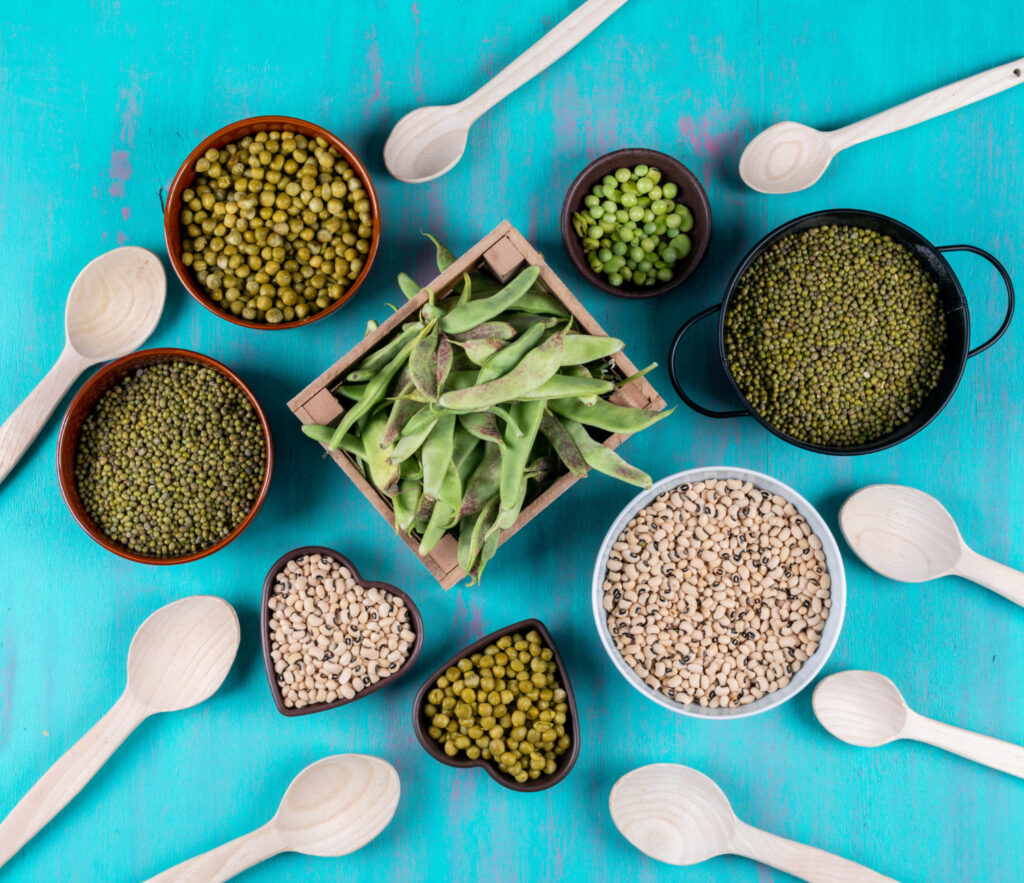Koriandri, often referred to as coriander or cilantro in different parts of the world, is a versatile herb that has been cherished for centuries for both its flavor and health benefits. With its fresh, citrusy aroma and delicate green leaves, koriandri has found its way into kitchens, gardens, and even traditional medicine cabinets across the globe.
Beyond its culinary charm, koriandri is more than just a garnish. It offers nutritional support, wellness benefits, and even plays a role in cultural practices. This article will guide you through everything you need to know about koriandri, from its origins and nutritional value to culinary applications, growing tips, and health considerations. By the end, you’ll understand why this humble herb is celebrated worldwide and how to make the most of it in everyday life.
What Koriandri Is and Its Origins
Koriandri is an annual herb that belongs to the Apiaceae family. It is native to regions spanning from Southern Europe to Western Asia, thriving in warm, sunny climates. The plant features feathery green leaves and produces small white or pink flowers that eventually turn into tiny, round seeds known as coriander seeds. While the leaves and seeds are both commonly used, they offer distinct flavors and uses.
Historically, koriandri has been used for thousands of years. Ancient Egyptians considered it a symbol of love and used it in burial rituals, while traditional Indian and Middle Eastern cuisines embraced it for its aromatic leaves and seeds. Over time, it spread across the globe, becoming a staple herb in Southeast Asian, Latin American, and Mediterranean cooking. Its enduring popularity reflects its adaptability, both in culinary traditions and medicinal practices.
Nutritional Profile and Health Benefits
Koriandri is more than just a flavorful herb; it is a powerhouse of nutrients and bioactive compounds. The leaves are rich in vitamins such as vitamin C, vitamin K, and vitamin A, which support immune function, bone health, and vision. The seeds, on the other hand, are packed with antioxidants, essential minerals like calcium, potassium, and magnesium, and compounds that may help support digestion and overall wellness.
Scientific studies suggest that koriandri may help reduce inflammation and support heart health. Its antioxidants can neutralize harmful free radicals in the body, while certain compounds in the seeds may aid in lowering blood sugar levels. While koriandri is not a replacement for medical treatment, incorporating it regularly into your diet can complement a healthy lifestyle, making meals both flavorful and nutritious.
Culinary Uses of Koriandri
Koriandri is incredibly versatile in the kitchen. In its leafy form, it is often used fresh to garnish dishes, add flavor to salads, or enhance soups and sauces. The seeds, known as coriander seeds, are usually dried and ground to create a warm, aromatic spice that forms the base for curries, stews, and spice blends worldwide.
In Asian cuisine, fresh koriandri leaves brighten stir-fries and soups, while Mexican dishes often feature it as a topping for tacos, salsas, and guacamole. Its seeds are equally essential in Middle Eastern cooking, lending a subtle warmth to meat dishes and spice mixes. To get the most out of koriandri, add fresh leaves at the end of cooking to preserve their delicate flavor and lightly toast seeds before grinding to release their natural oils and aroma.
Growing and Storing Koriandri at Home
Growing koriandri at home is surprisingly easy, even for beginners. It prefers well-drained soil, moderate sunlight, and regular watering. The herb grows best in cool weather, as high heat can cause it to bolt, producing flowers and seeds prematurely. You can plant it directly in garden beds or in containers on a sunny windowsill, making it accessible year-round.
Once harvested, koriandri leaves can be stored in the refrigerator wrapped in a damp paper towel or in an airtight container to maintain freshness for several days. The seeds can be dried completely and stored in a cool, dark place, retaining their flavor for months. Growing your own koriandri ensures a fresh, flavorful supply while connecting you with the natural rhythm of this versatile plant.
Koriandri in Traditional and Modern Remedies
Throughout history, koriandri has been valued for its medicinal properties. Traditional remedies often used the leaves, seeds, and roots to treat digestive issues, reduce inflammation, and support detoxification. In Ayurveda and traditional Chinese medicine, it was considered a cooling herb, helping to balance bodily functions and promote overall wellness.
Modern research continues to explore koriandri’s potential health benefits. Compounds found in its seeds may have antibacterial and antifungal properties, while certain antioxidants in the leaves may help combat oxidative stress. Although scientific evidence is still emerging, koriandri remains a trusted component of natural wellness practices, bridging the gap between ancient knowledge and contemporary health insights.
Potential Side Effects and Safety Considerations
While koriandri is generally safe for most people, some may experience mild allergic reactions, such as skin irritation or digestive discomfort. Those with allergies to plants in the Apiaceae family, including carrots, celery, and parsley, should exercise caution.
Pregnant or breastfeeding individuals should consult a healthcare professional before consuming large amounts of koriandri or using concentrated forms, such as essential oils. Overall, moderate use in culinary applications is safe and beneficial, but like any herb or supplement, it’s important to be mindful of individual sensitivities.
Fun Facts and Lesser-Known Uses of Koriandri
Koriandri carries more than just culinary and health value; it has intriguing cultural and practical applications. In some cultures, coriander seeds are believed to bring good luck and protection. In ancient times, the seeds were even used as a preservative and for making natural dyes.
Beyond cooking, koriandri leaves and seeds can enhance homemade skincare products due to their antioxidant properties, and the seeds are sometimes used to make refreshing teas or infused waters. Its unique aroma and flavor also make it an interesting addition to homemade spice blends or infused oils, offering creative ways to enjoy koriandri beyond traditional recipes.
Conclusion
Koriandri is a remarkable herb that combines flavor, nutrition, and versatility. From its rich history and cultural significance to its culinary applications and health benefits, it has earned its place in kitchens and wellness practices around the world.
By incorporating koriandri into your meals, growing it at home, and exploring its potential uses, you can enjoy its many advantages while adding fresh, vibrant flavors to everyday life. Whether used as a garnish, a spice, or a natural remedy, koriandri proves that even simple herbs can have a profound impact on our health, culture, and cuisine.
Embrace koriandri in your daily routine, and discover how this humble herb can transform your cooking, support your wellness, and bring a touch of history and tradition to your table.




